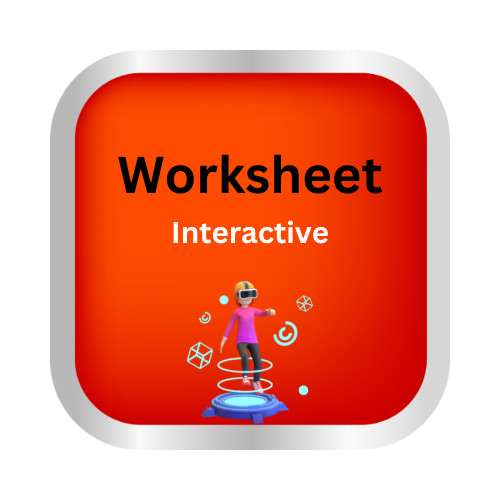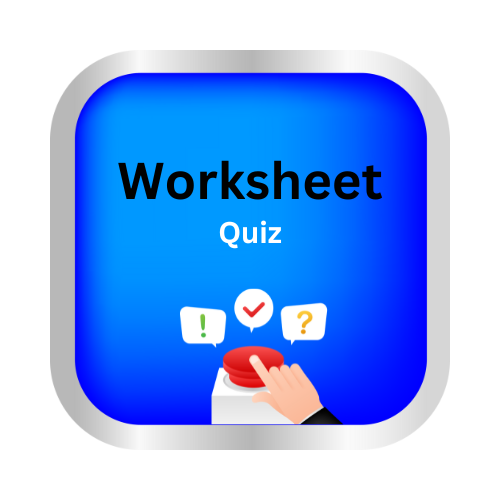Use time-order words
key notes:
1. Understanding Time-Order Words
- Time-order words help show the sequence of events in a story or process.
- They make it clear when one event happens in relation to another.
2. Common Time-Order Words:
- First: Indicates the beginning of an event.
- Next: Shows the following action after the first.
- Then: Used to connect actions in a sequence.
- After that: Indicates a subsequent event.
- Finally: Marks the end or last event.
3. Examples of Time-Order Words in Sentences:
- First:
- Example: “First, I brushed my teeth and got dressed for school.”
- Next:
- Example: “Next, I had breakfast, which was pancakes and juice.”
- Then:
- Example: “Then, I grabbed my backpack and headed out the door.”
- After that:
- Example: “After that, I walked to the bus stop with my friend.”
- Finally:
- Example: “Finally, we arrived at school and got ready for class.”
4. Putting It All Together: A Short Story Example
Here’s a complete example that uses time-order words:
Title: My Exciting Day at the Park
“First, I woke up early and had a delicious breakfast. Next, I packed my favorite snacks and a water bottle. Then, my family and I drove to the park. After that, we played on the swings and had fun running around. Finally, we sat on the grass, enjoyed our snacks, and watched the clouds float by.”
let’s practice!

